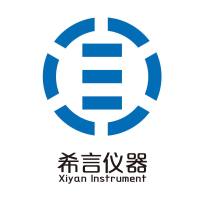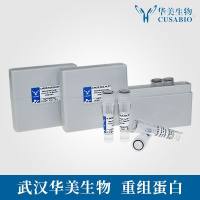Exocyclic etheno–DNA adducts are formed by the reaction of lipid peroxidation products, such as 4-hydroxy-2-nonenal (HNE)
with DNA bases to yield 1,N
6
-etheno-2′-deoxyadenosine (εdA), 3,�N
4
-etheno-2′-deoxycytidine (εdC), and etheno-2′-deoxyguanosine. These adducts act as a driving force for many human malignancies
and are elevated in the organs of cancer-prone patients suffering from chronic inflammation and infections. Here, we describe
the ultrasensitive and specific techniques for the detection of εdA and εdC in tissue and white blood cell (WBC) DNA. This
approach is based on �combined immunopurification by monoclonal antibodies and 32
P-postlabeling analysis. The detection limit is about five adducts per 1010
parent nucleotides, requiring 5–10 μg of DNA. In addition, we describe techniques for immunohistochemical detection of εdA
and εdC in tissue biopsies, and the approaches for the �analysis of εdA and εdC excreted in urine. The utility of these detection
methods for human studies is based on: (1) high sensitivity and specificity, (2) low amounts of DNA required, (3) capability
to detect “background” levels of etheno–DNA adducts in biopsies, WBC, and urine samples of healthy subjects, and (4) reliable
monitoring of the disease-related increase of these substances in patients.
The described methods are useful in diagnosis and monitoring of chronic degenerative diseases, including cancer, atherosclerosis,
and neurodegenerative disorders.






